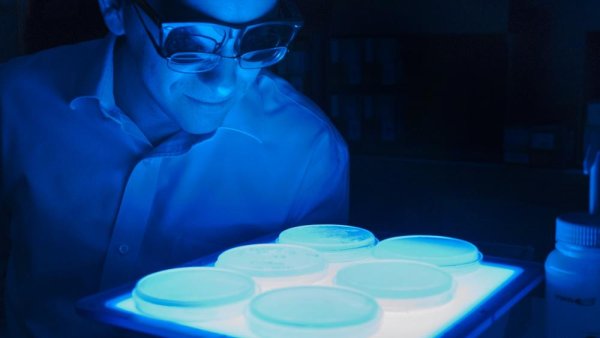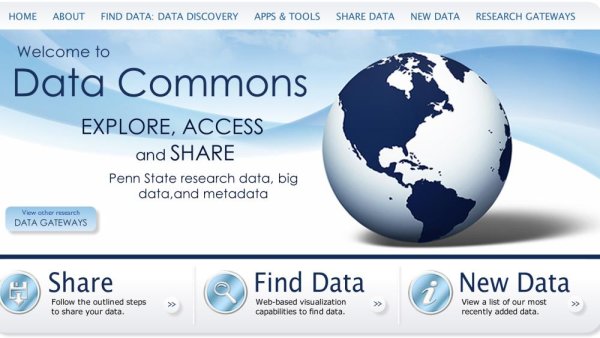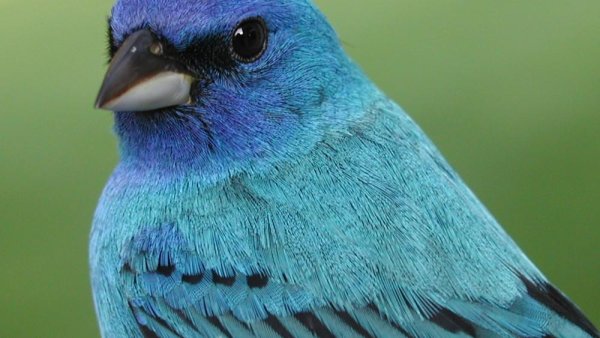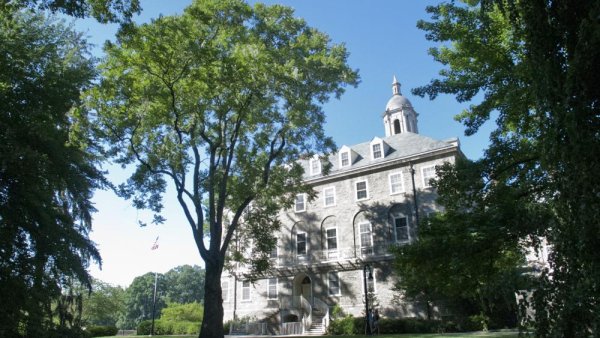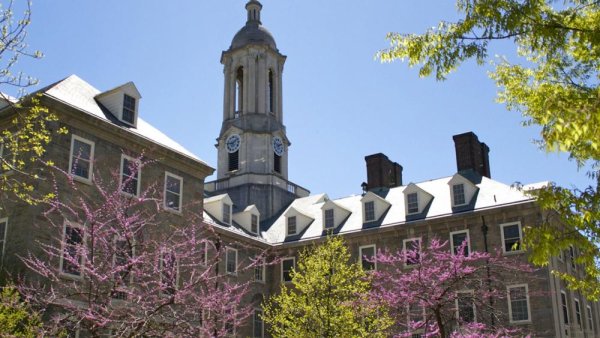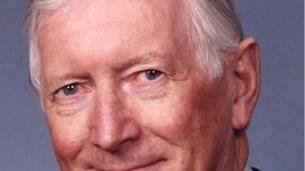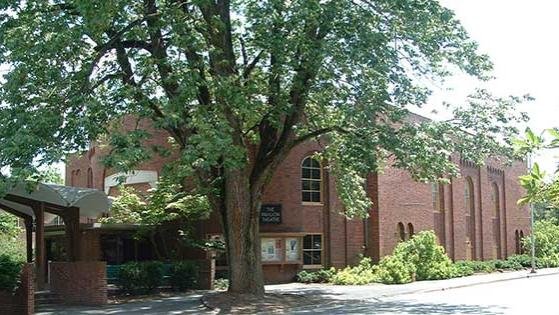Turning biologists into programmers
| psu.edu
For more than half a century scientists have looked on the DNA molecule as life's blueprint, but biological engineers are beginning to see the molecule not as a static plan, but more like a snippet of life's computer code that they can program. Penn State researchers are now unraveling the mystery of how nature codes and recodes this program to address some of the world's biggest challenges, says Howard Salis, assistant professor of biological engineering and chemical engineering.
Data Commons connects researchers through data sharing
| psu.edu
In order to promote open access to research data, many funding agencies such as the National Science Foundation (NSF) and the National Institutes of Health (NIH), require that research data generated by publicly-funded projects be made publicly available. In addition, some journals require authors to make materials, data and associated protocols promptly available to readers as a condition of publication. Researchers can now more easily comply with these policies by utilizing the services of Penn State’s Data Commons.
Penn State, DEP collaborate on digital Pennsylvania Mine Map Atlas
| psu.edu
The Pennsylvania Mine Map Atlas is now available online. The atlas is a new initiative of the Pennsylvania Department of Environmental Protection and Penn State's Pennsylvania Spatial Data Access Program that not only allows homeowners to view previously unavailable mine maps, but also allows them to see their home's proximity to the nearest underground mine.
Researchers study how to accurately measure a city's greenhouse gas emissions
| phys.org
If a community wanted to cut its greenhouse gas emissions and decided to take steps to do it, how would it know if the steps it was taking worked?
'Citizen science' leads to new Pa. birding atlas
| psu.edu
With the dedication of more than 2,000 volunteers, 52 authors and a number of trained ornithologists, geographic information specialists and other professionals, the Second Atlas of Breeding Birds in Pennsylvania was published in November by the Penn State University Press.
Ailanthus tree's status as invasive species offers lesson in human interaction
| psu.edu
An exotic tree species that changed from prized possession to forest management nightmare serves as a lesson in the unpredictability of non-native species mixing with human interactions, according to researchers.
Promotions in academic rank, effective July 1, 2016
| psu.edu
The following is a list of academic promotions for tenured and tenure-line faculty members at Penn State, effective July 1, 2016.
Inaugural Huck Fellowships awarded
| psu.edu
This year marks the inaugural awarding of the J. Lloyd Huck Fellowship to four promising young students – Megan Kepler, Lucilla Pizzo Suarez, Sam Jones and Zhi Chai – who will arrive at University Park in the fall of 2013.
Decoys could blunt spread of ash-killing beetles
| psu.edu
As the emerald ash borer ravages North American ash trees, threatening the trees' very survival, a team of entomologists and engineers may have found a way to prevent the spread of the pests. "Within 25 years, practically no ash trees may remain on either side of the St. Lawrence Seaway," said Akhlesh Lakhtakia, Charles Godfrey Binder Professor of Engineering Science and Mechanics at Penn State.
Science Seminars: Jan. 21 to 27
| psu.edu
Science Seminars for Jan 21 to 27
Probing Question: Are there harmful ingredients in cosmetics?
| psu.edu
The Johnson & Johnson company made news recently with the announcement that it plans to remove "a host of potentially harmful chemicals" from its U.S. product line by the end of 2015, becoming the first major manufacturer of consumer products to make a commitment of this kind to the public. It's likely that many consumers were not even aware that "ingredients of concern" were in personal care products to begin with. What are these chemicals and are they safe for use in cosmetics?
Video: Faculty collaboration leads to possible leukemia cure
| psu.edu
Penn State scientists in the College of Agricultural Sciences have developed an inspiring collaboration that may cure leukemia. Sandeep Prabhu, associate professor of immunology and molecular toxicology in the Department of Veterinary and Medical Sciences, specializes in the health benefits of fish oil. Robert Paulson, associate professor of veterinary and biomedical sciences, is studying the stem cells that cause leukemia. They connected their seemingly separate study areas during a weekly faculty lunch. The result? A possible cure for leukemia.

